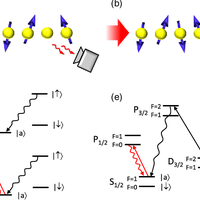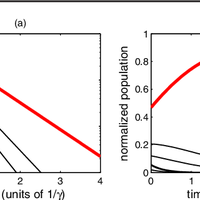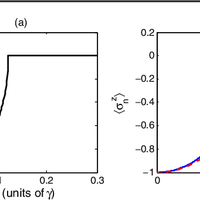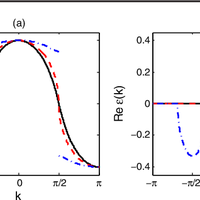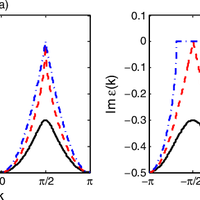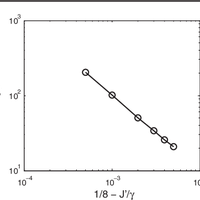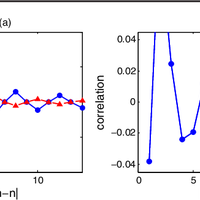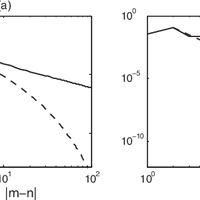Abstract
Quantum phase transitions are usually studied in terms of Hermitian Hamiltonians. However, cold-atom experiments are intrinsically non-Hermitian because of spontaneous decay. Here, we show that non- Hermitian systems exhibit quantum phase transitions that are beyond the paradigm of Hermitian physics. We consider the non-Hermitian XY model, which can be implemented using three-level atoms with spontaneous decay. We exactly solve the model in one dimension and show that there is a quantum phase transition from short-range order to quasi-long-range order despite the absence of a continuous symmetry in the Hamiltonian. The ordered phase has a frustrated spin pattern. The critical exponent ν can be 1 or 1=2. Our results can be seen experimentally with trapped ions, cavity QED, and atoms in optical lattices.
Figures
Author supplied keywords
Register to see more suggestions
Mendeley helps you to discover research relevant for your work.

